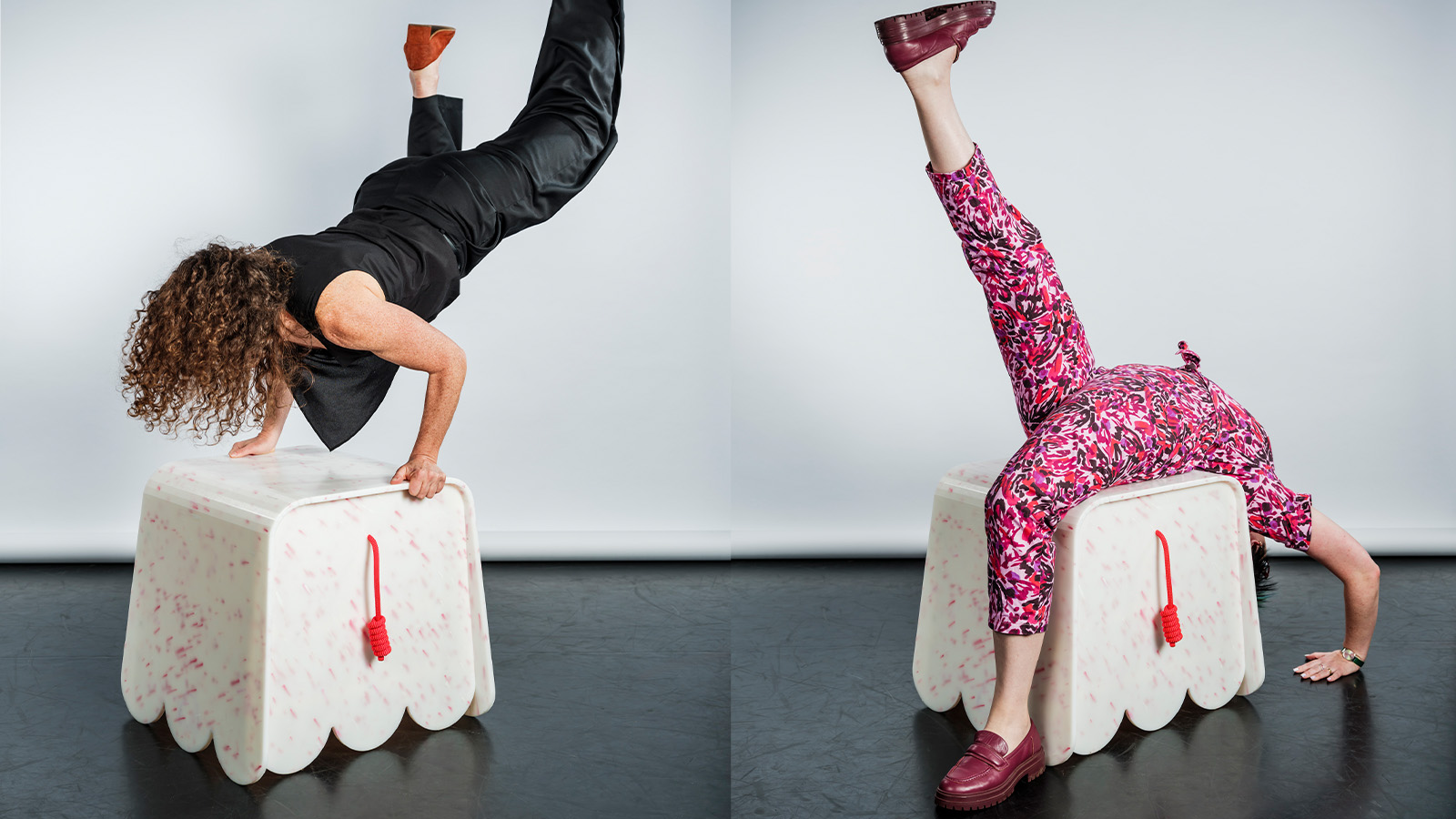
A collaboration between industrial designers from Sydney’s University of New South Wales (UNSW), urban technology planners from the Massachusetts Institute of Technology (MIT), and Transport for NSW, Benchmark is a new experimental seating solution designed to better understand how women, girls, and gender-diverse individuals use public spaces.
Funded by Transport for NSW under the Safer Cities programme, the innovative outdoor benches were designed by Gonzalo Portas, chief investigator and associate lecturer in Industrial Design at the School of Built Environment, UNSW Arts, Design & Architecture, with assistance from four female industrial design students – Eleanor Tang, Grace Wong, Christine Chen and Eugenia Cheung – under the mentorship of senior lecturer Rina Bernabei.
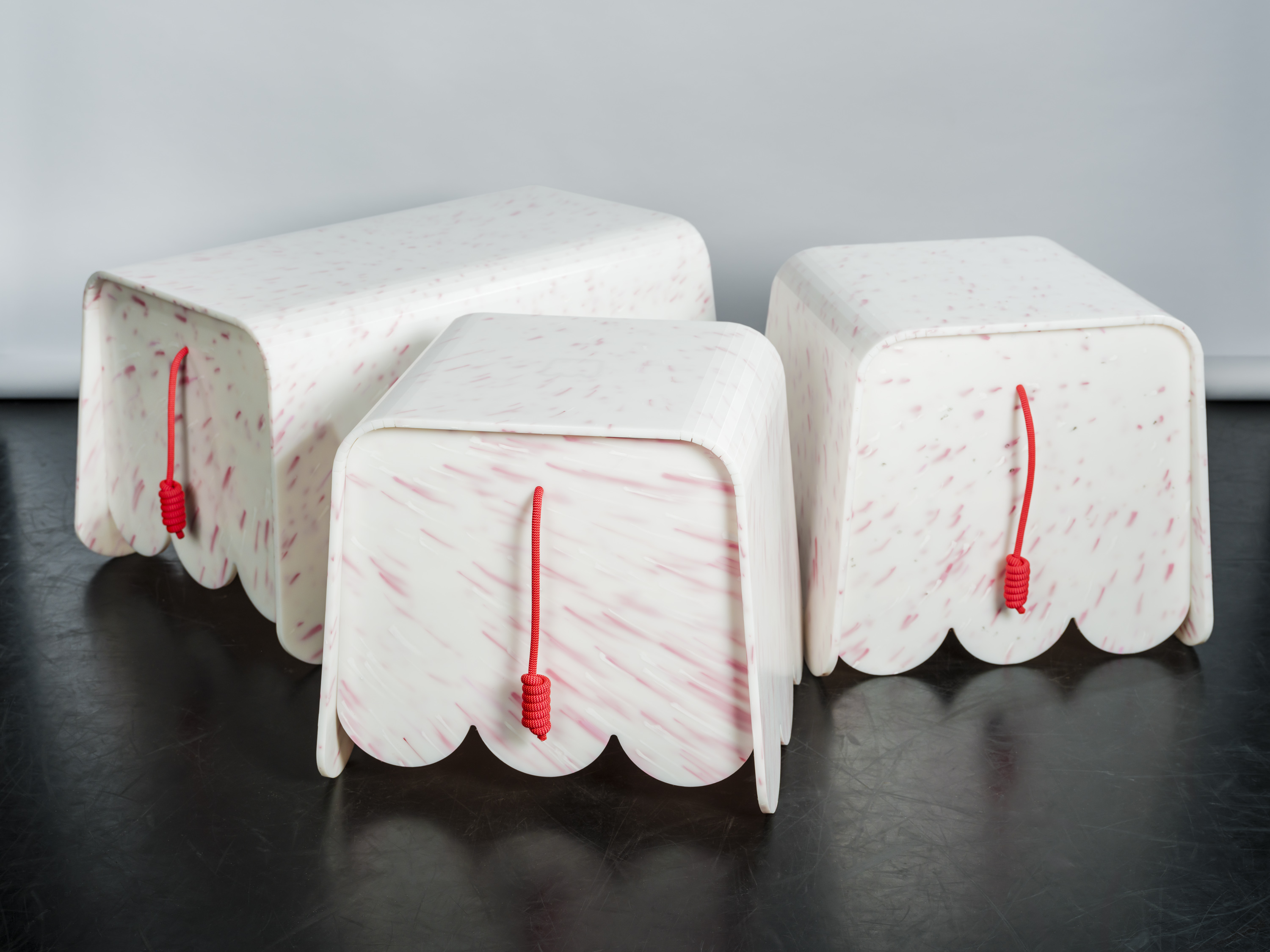
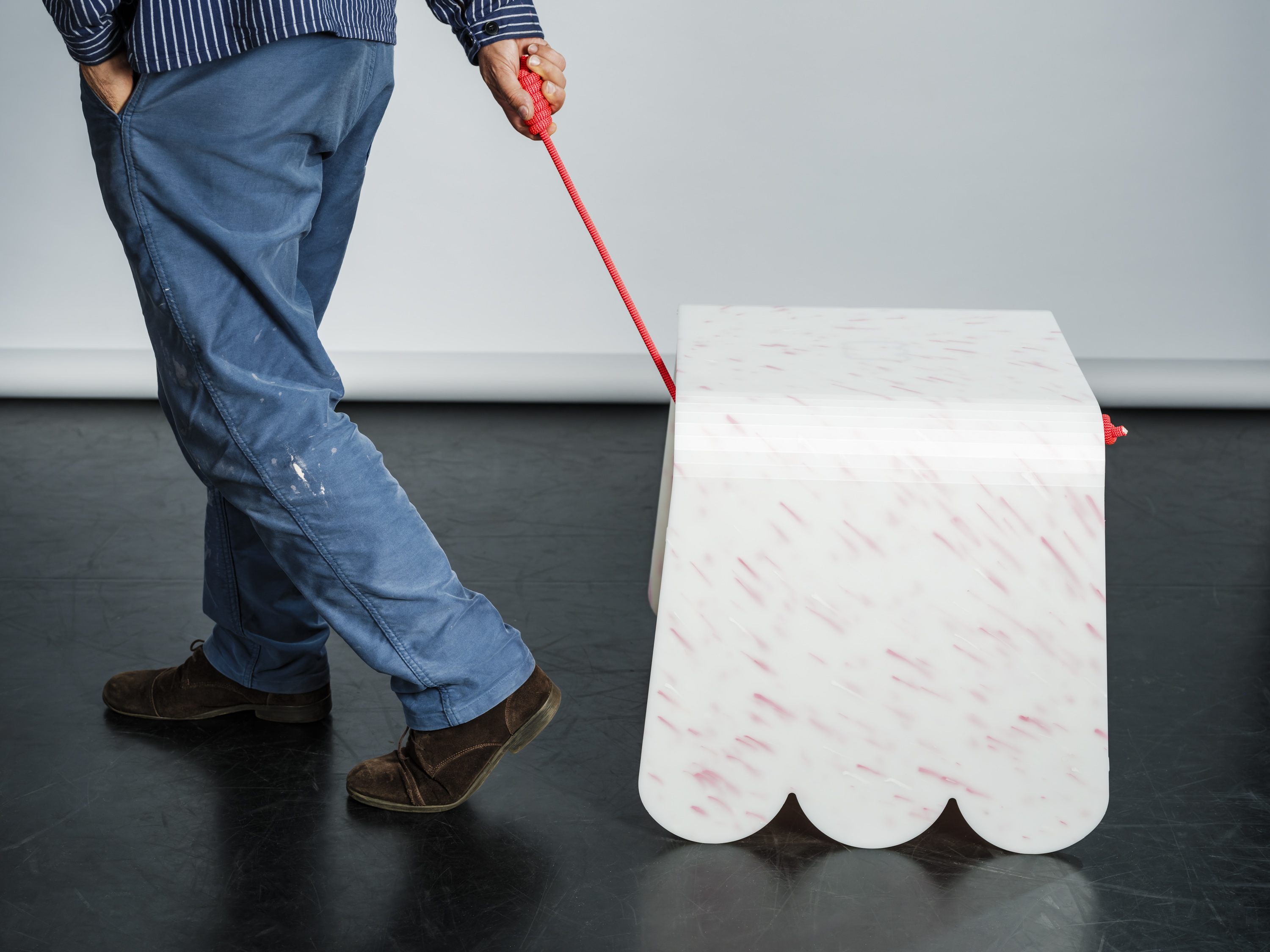
Featuring motion-activated LED lighting and monitored by AI technology, the seating elements have been installed at the UNSW Village Green for a month, so members of the public can interact with them and participate in a survey to provide valuable insights into public space usage for the broader Safer Cities programme, and inform future urban design and planning decisions.
‘Through this project, we hope to create a model for smart, safe, and inclusive public spaces that can be replicated across various urban environments,’ explains Portas. ‘By involving diverse voices in the design process and leveraging cutting-edge technology, we aim to address the unique needs and preferences of underrepresented groups in public spaces.’
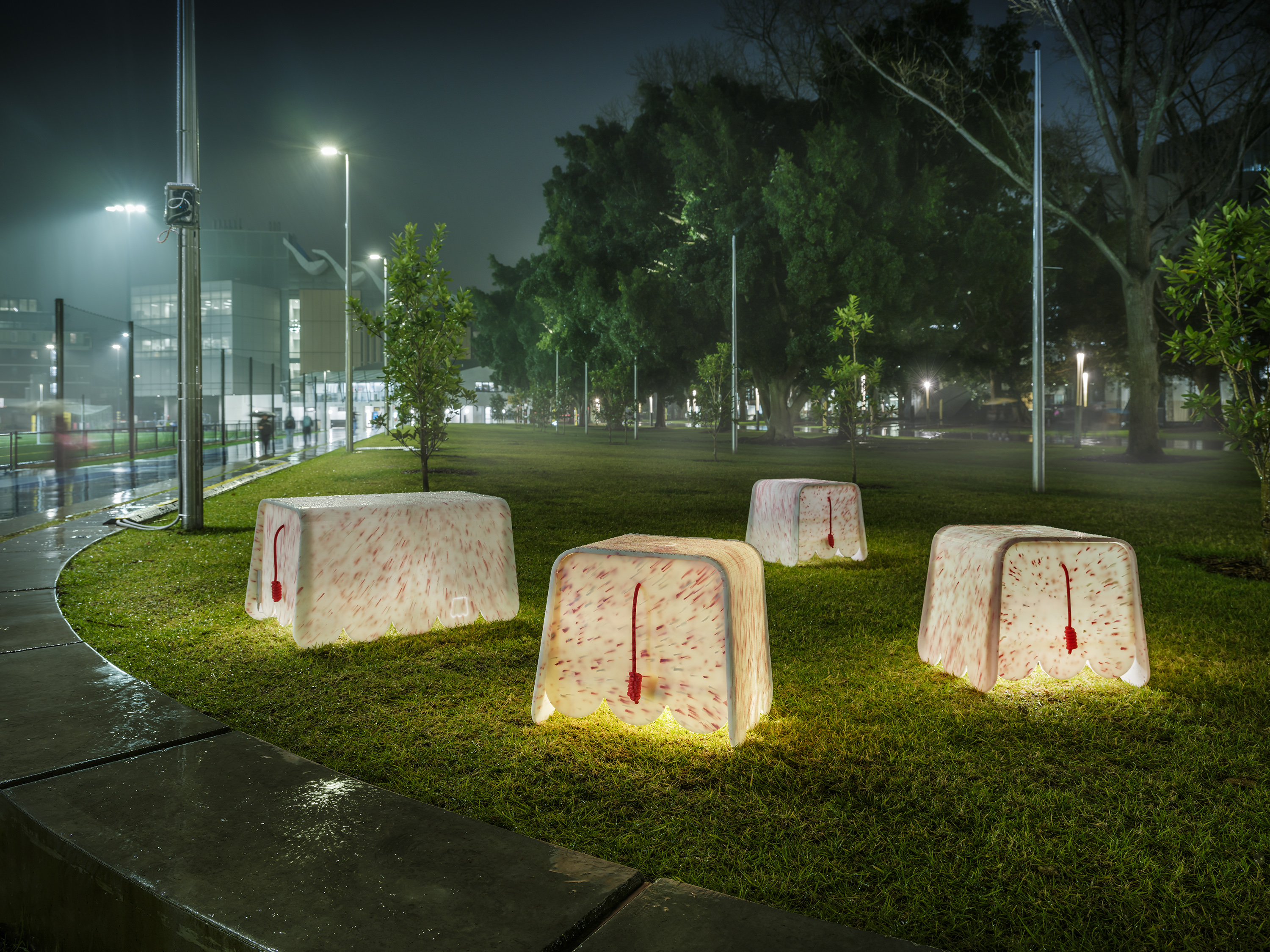
Fabricated at the Design Futures Lab at UNSW, each bench is made from durable, locally sourced recycled plastic sheets supplied by Defy Design. The lightweight units, which can be easily moved and used according to user preference, also incorporate LED lighting strips, which illuminate when there is movement nearby to increase visibility.
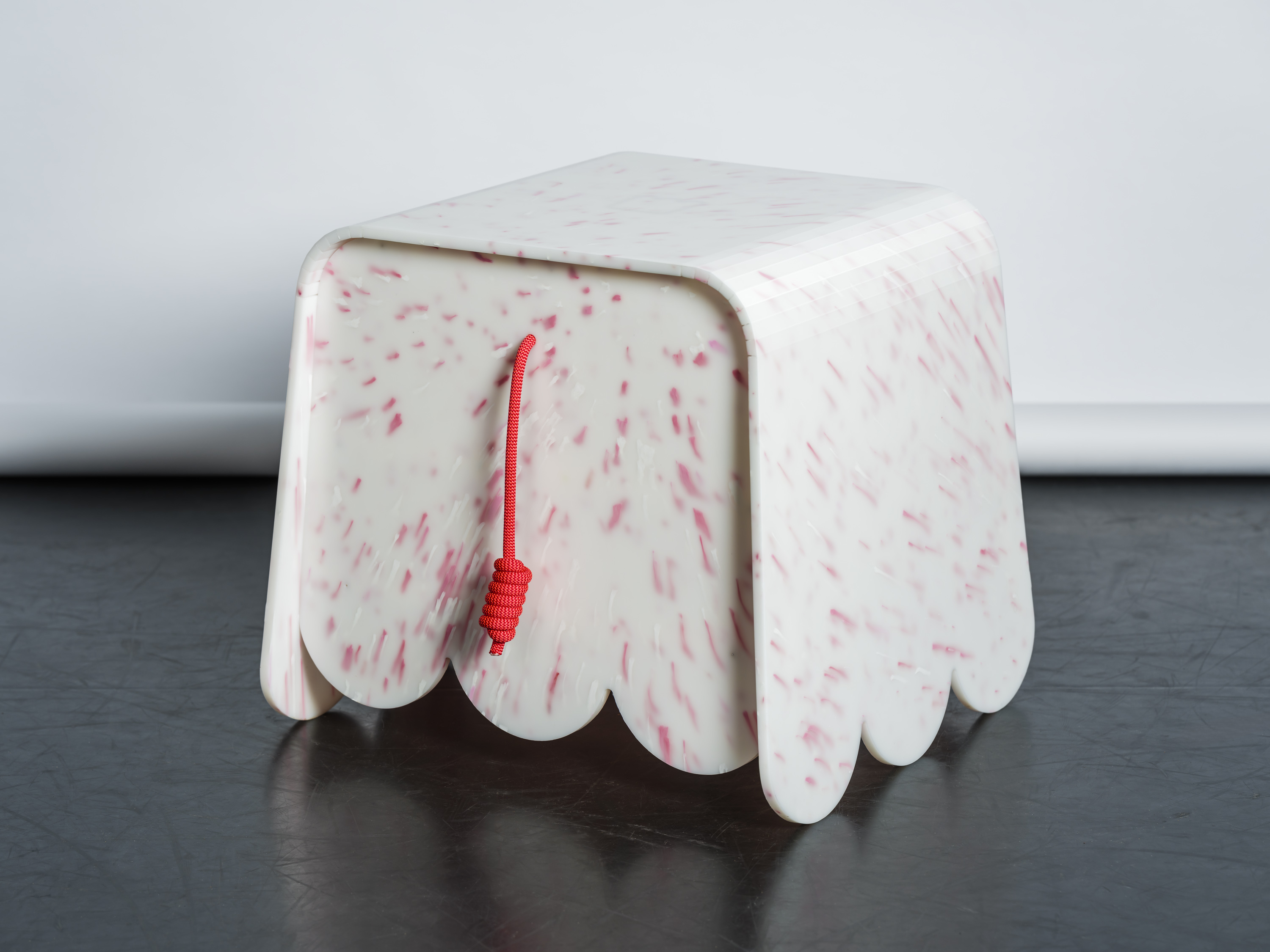
‘Users can flexibly sit in various positions, including cross-legged on top, perching on the edge, reclining against them, or straddling them like benches,’ explains Portas. ‘They are also free to reposition the chairs to other locations within the UNSW Village Green, adding to the interaction and flexibility.’
The seating area is monitored using AI vision technology developed by MIT’s Norman B Leventhal Center for Advanced Urbanism (LCAU) that detects general movement and usage patterns.
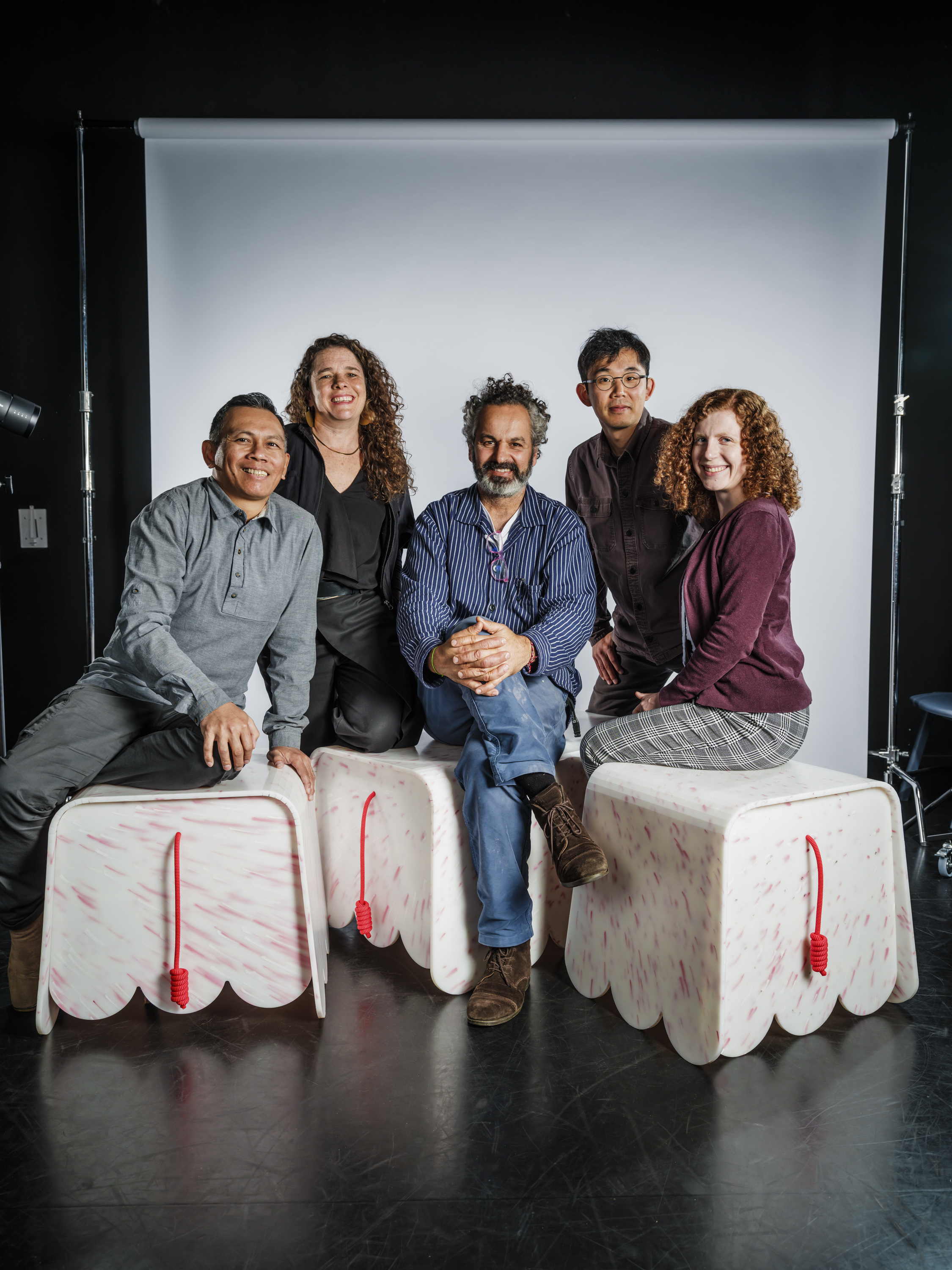
‘We want to know what makes women and girls feel safe in public space,’ says associate professor Sarah Williams, director of the MIT Civic Data Design Lab. ‘Using the power of AI vision recognition software, we’re able to detect how people interact with our seating and whether they feel comfortable enough to sit and stay for long periods, alone or with others, indicating they feel safe.’
There is no data-capturing technology mounted in the seats but instead, a camera mounted on a nearby pole detects the bench shapes and movement of people. ‘What’s unique about the AI vision recognition software is that it doesn’t collect identifiable data,’ Williams explains. ‘The software recognises the bench model and how users interact with it but deletes image frames permanently, leaving behind just dot points on a map that we can analyse.’







